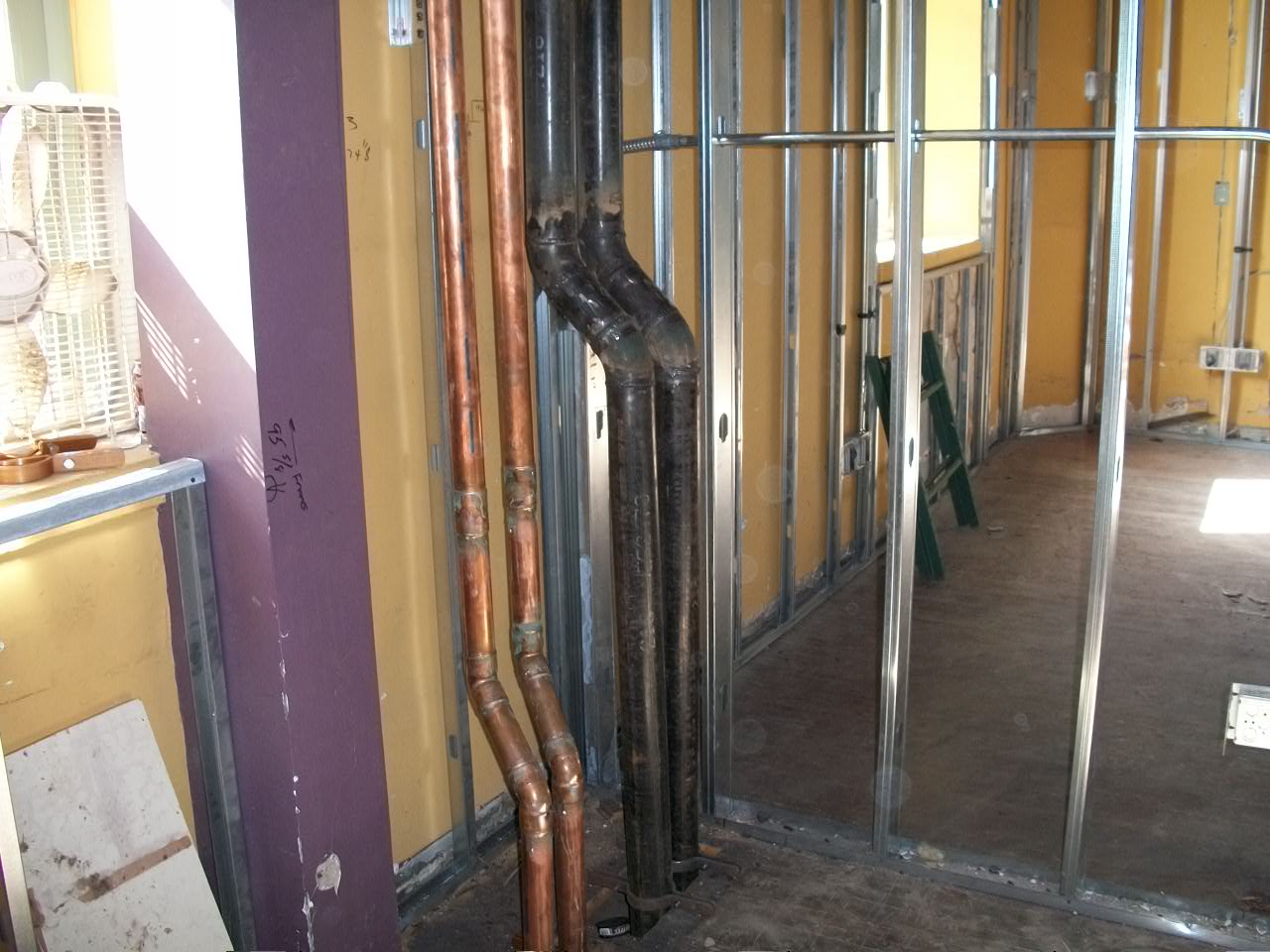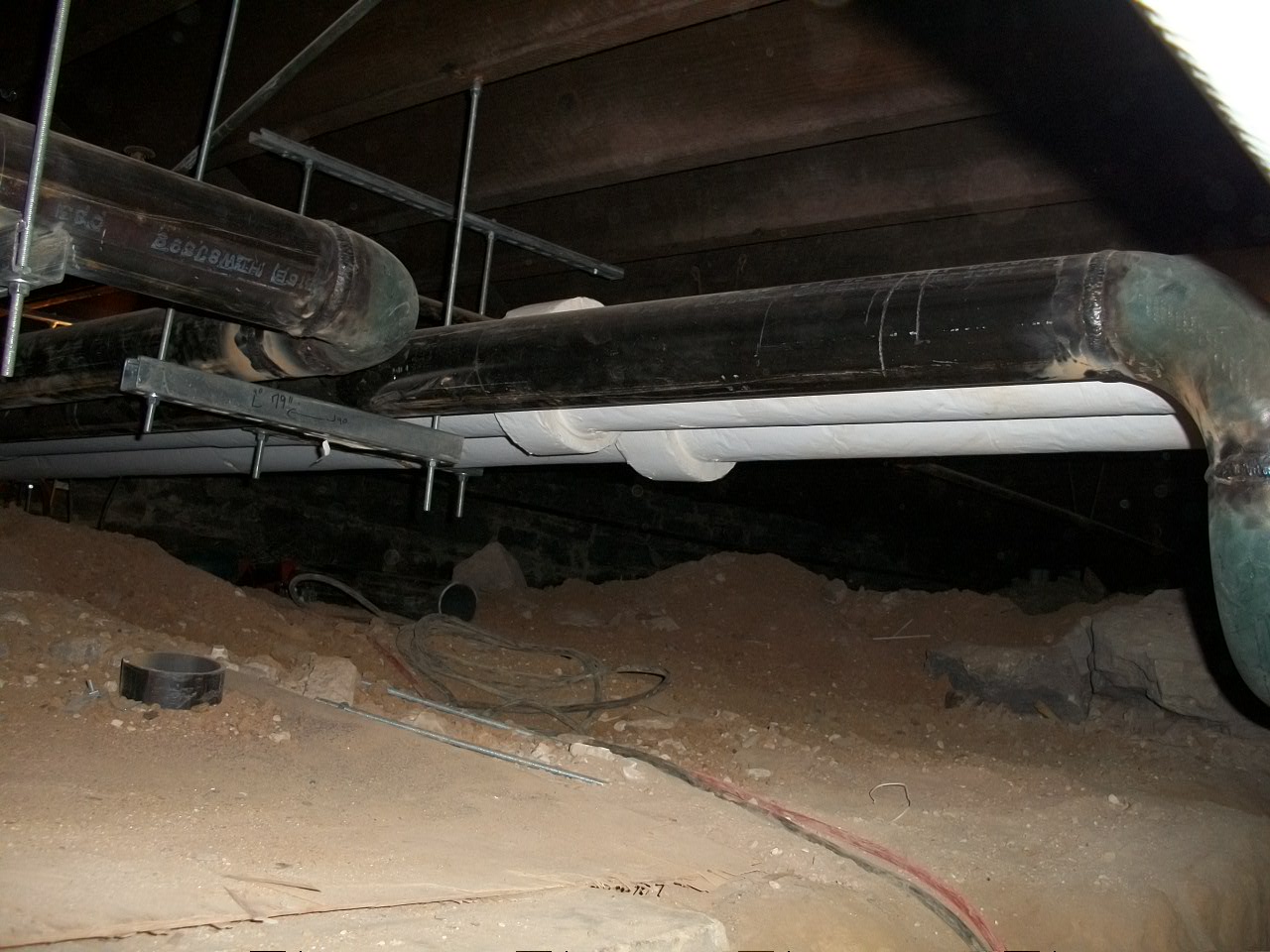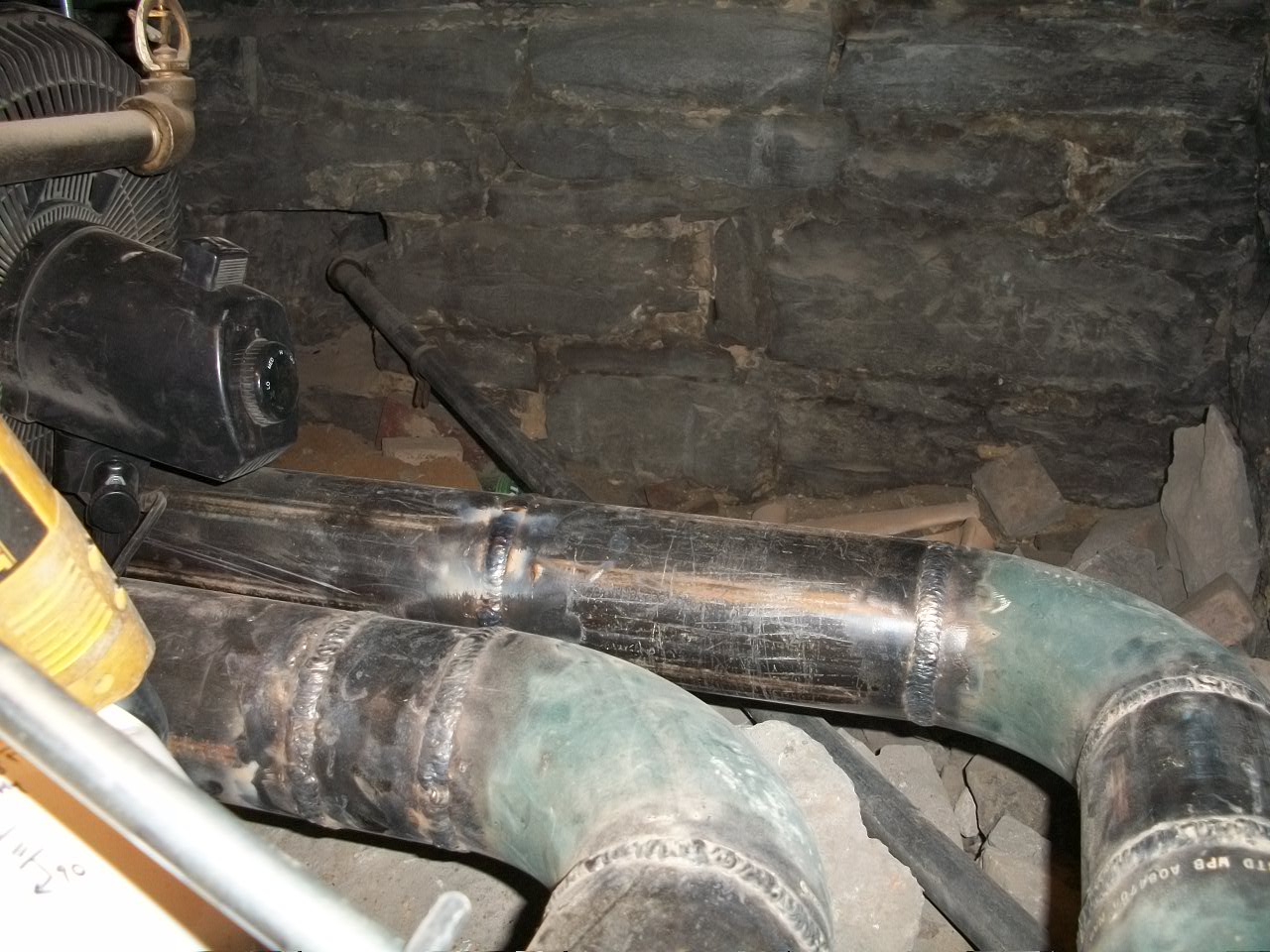http://www.pipefitter.com/existing_php/flange.phpShawn,
If you scroll down to the Flange Aligner Base you will get the idea.
You don't have to use this tool but you can use any straight edge such as a level. You can also use a tape to measure the gap close to the flange and then as far away from the flange as possible. That takes two people, usually. I prefer a square(s) as opposed to a level for fitting flanges.
It's possible that IF you were only 1/16" off with the fit and you welded it out without consideration you may have made the flange draw in the wrong direction therefore doubling the dimension. I usually check the flange after it is tacked up and it is close but not perfect I mark the spot that it needs to be drawn to. That is where I start and stop each pass but I check it after each pass so that I don't over draw it. This works in the jack stand if you can roll the piece. Even if it doesn't get the flange perfect it will get it closer.
In the mechanical piping world you usually have some tolerance (room for error) that you may not have in say, the nuclear world. That is not said to encourage sloppy pipe fitting but if you are attaching a Butterfly valve to the flange, a slight mis fit will not necessarily matter. If you have flex connectors nearby, that also will compensate for slight imperfections in the fit. Again, use the weld out technique to your advantage.
1/8" error in length in most situations will not matter as long as it is not compounded. FYI, you probably already know this, you should weld the inside and outside of the slip on flange. The OD fillet weld should be at least as large as the wall thickness of the pipe. 1.04T I think. Don't have B31.1 with me.
Don't sweat it too much Shawn. If it looks good to the eye (plumb, level, square, perpendicular, etc.) it is good. The water doesn't care.
Hope this helps.






